Locked vs Unlocked iPhones: What's the Real Difference?
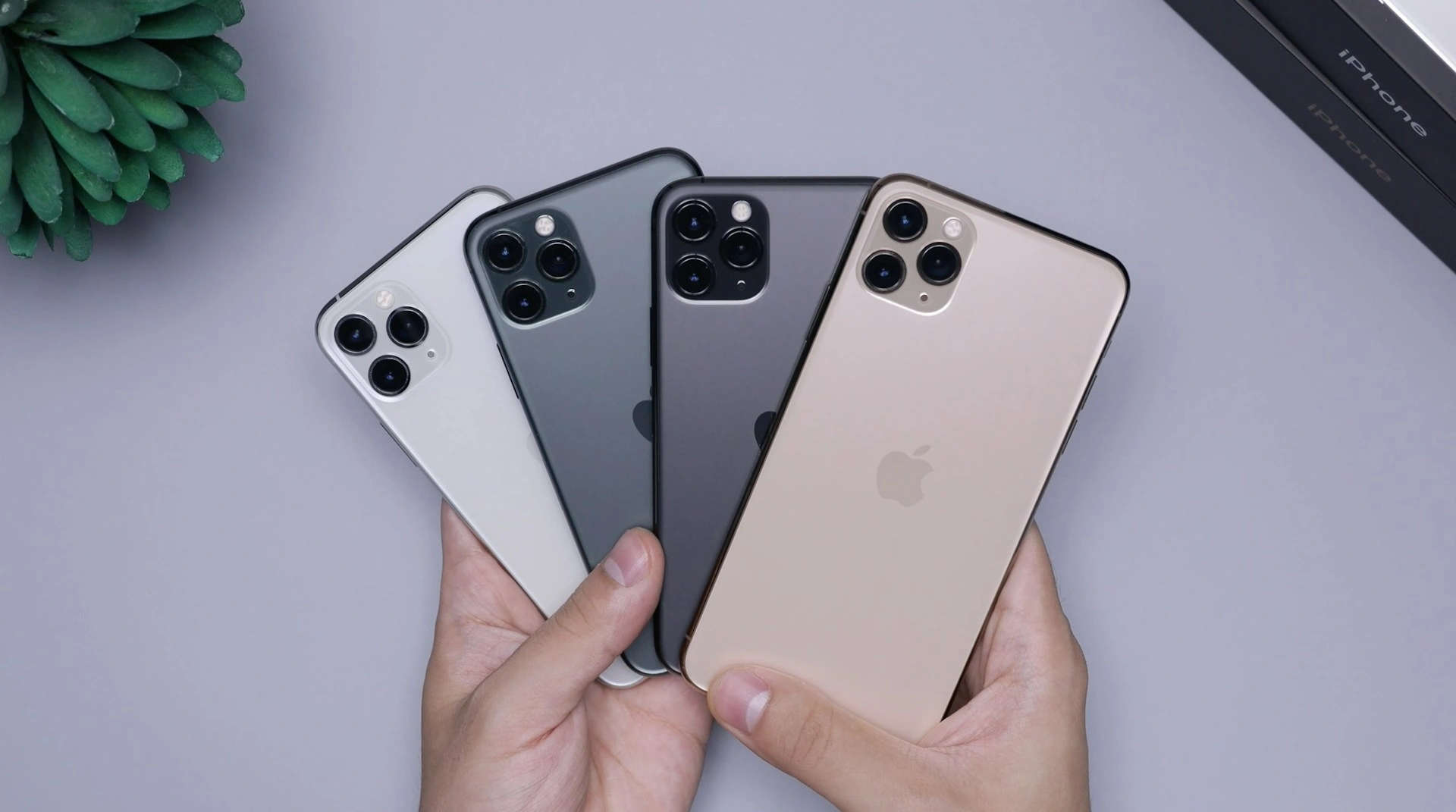

The Apple iPhone is one of the most popular smartphones in the world. And that popularity doesn’t come cheap. This makes understanding locked vs unlocked iPhones more important than ever. One limits you but lowers up-front costs; the other lets you switch networks freely for a higher initial price.
According to a report by the International Data Corporation, Apple shipped 58.7 million iPhones in Q1 2025. That’s almost one in five of all smartphones sold worldwide. But while the iPhone itself can be more restrictive than Android, your service plan doesn’t have to be.
Let’s dig into the differences, advantages, and challenges of locked vs unlocked iPhones.
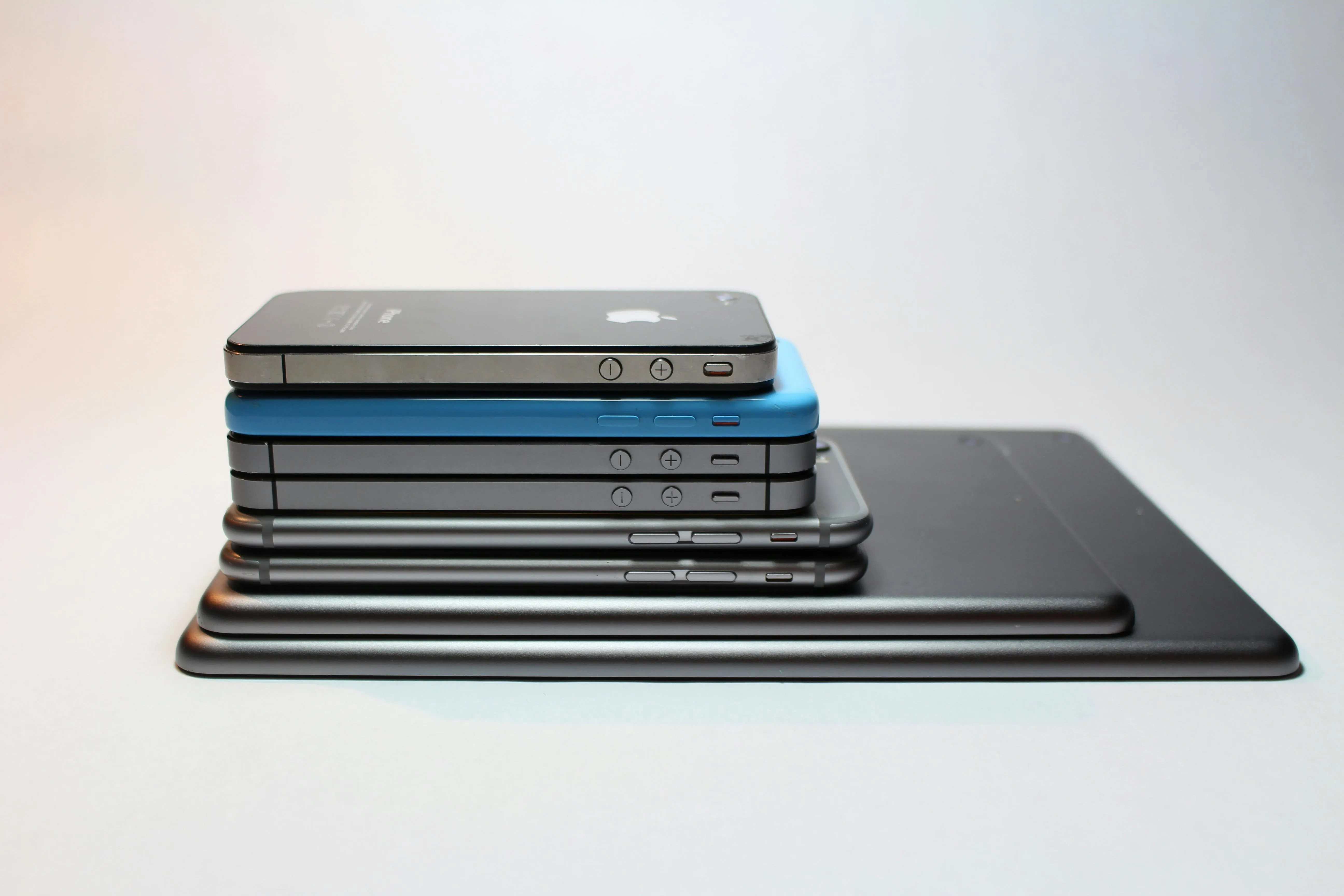
What Is a Locked iPhone?
A locked phone is a device whose software code is set to only accept SIM cards from a specific service provider or wireless carrier.
Carriers subsidize the handset up front in exchange for your contract. This way, they recoup their investment with monthly service fees.
How Do iPhones Become Locked?
When buying an iPhone on contract or carrier financing, the carrier typically includes a software lock. This occurs at the factory or remotely after activation and stays until the contract term ends.
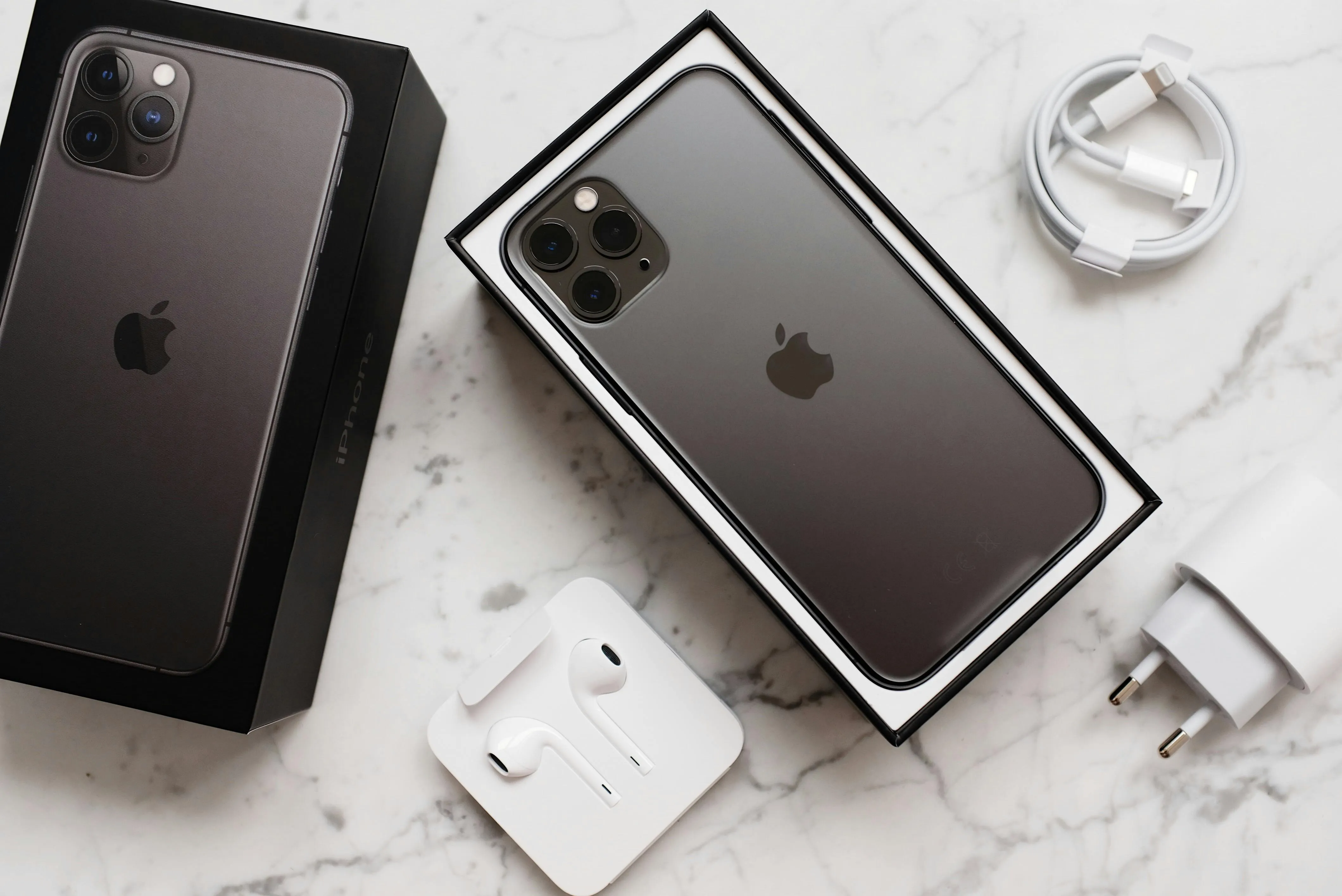
Each time the device boots or you insert a new SIM, the iPhone checks the carrier’s network to verify the International Mobile Equipment Identity (IMEI). If there’s a SIM lock in place, then it checks if the SIM’s carrier matches. If they don’t match, the phone displays a “SIM Not Supported” error and won’t allow you to make calls, text, or use data.
What Are the Restrictions of Locked iPhones?
Locked iPhones have some practical limitations:
- Roaming constraints: Travelling abroad often means expensive roaming charges rather than using a locally compatible SIM card or eSIM.
- Early termination fees: Breaking your contract early typically incurs penalties or hidden fees, offsetting the initial savings.
- No carrier switching: You cannot swap to another mobile network provider without first requesting an unlock.
Myths and Misconceptions of Locked iPhones
Here are a few misconceptions about locked phones:
Myth: Locked phones have weaker internal antennas
All iPhones share the same antenna design, regardless of lock status. The lock affects only the firmware, not the hardware.
Myth: Locked devices are immune to malware
Security depends on iOS updates and app behavior, not carrier restrictions. A locked phone is just as vulnerable to phishing or malicious apps as an unlocked one.
Myth: Unlocking always voids the warranty
Official carrier unlocks do not void Apple’s warranty or AppleCare coverage. Only unauthorized hacks carry that risk.
Pros and Cons of Locked iPhones
Pros of locked iPhones include:
- Carrier perks: You often get bundled mobile service discounts, device insurance, or streaming trials. Some carriers also often discounted trade-ins of old phones with new phones in exchange for a new contract.
- Retail support: Carrier stores handle repairs, replacements, and billing in one place.
- Lower upfront cost: Subsidies make the latest models more accessible.
Cons of locked iPhones include:
- Higher long-term costs: If you stick around past the promotional period, monthly fees can outpace pay-as-you-go plans.
- Reduced resale value: Locked devices typically trade for less than unlocked iPhones on secondhand marketplaces.
- Restricted carrier flexibility: You’re bound to one network unless you go through the unlock process.
What Is an Unlocked iPhone?
An unlocked iPhone is free from any carrier-specific software lock. It can accept any compatible SIM card from any network provider, including both physical SIMs and eSIMs.
An unlocked iPhone allows complete carrier freedom to swap SIMs anytime. You can choose plans from phone companies without hidden fees and avoid roaming charges with a local travel eSIM. It holds better value because buyers prefer devices without network restrictions.
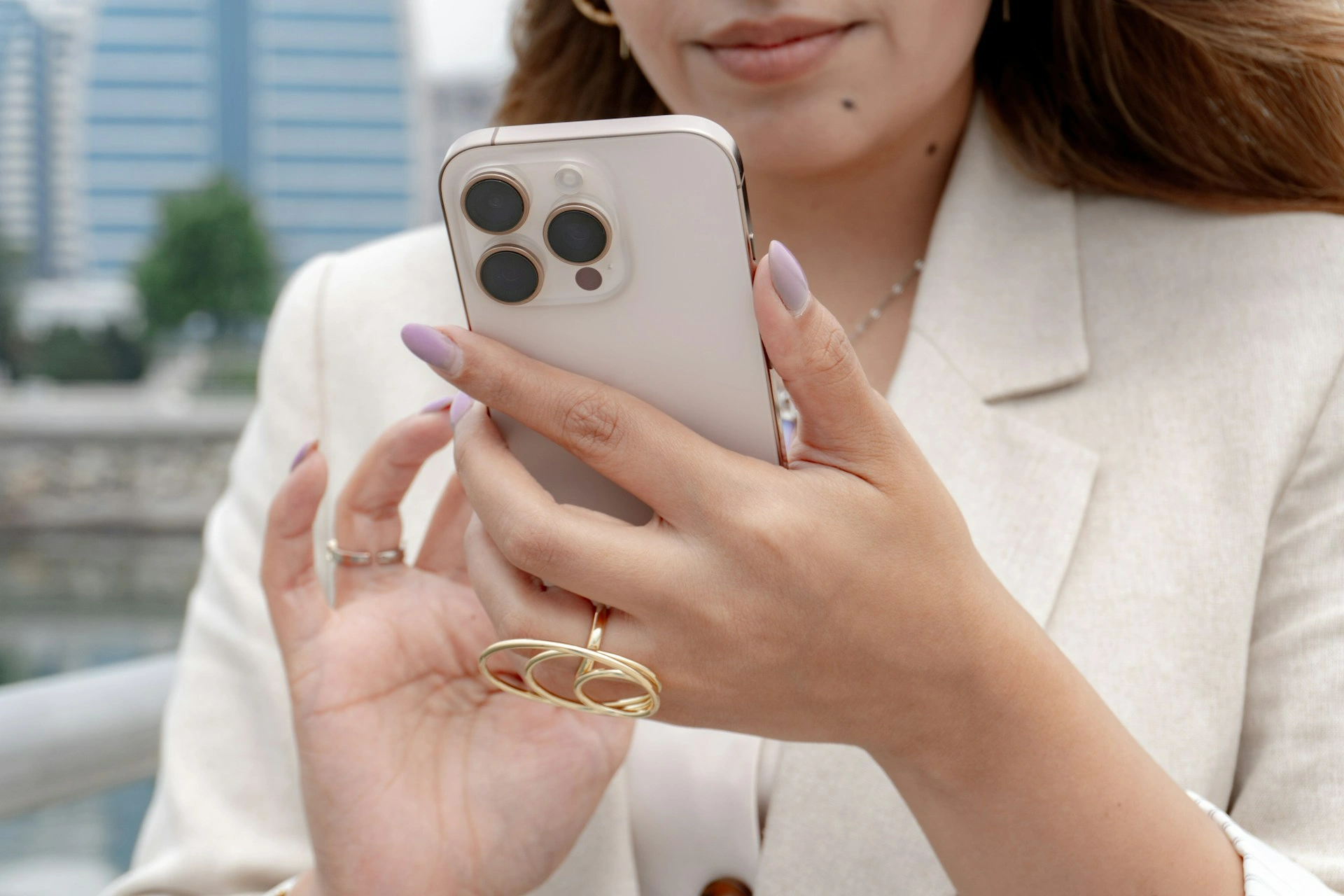
How iPhones Can Be Unlocked
There are two ways Apple iPhones can be unlocked: official and unofficial methods.
- Official methods: Fulfill your financing with your carrier or buy directly from Apple. This way, you get an unlocked device without any hacks.
- Unofficial methods: Third-party services provide instant unlock by purchasing credits from carriers. Software hacks or jailbreaks can bypass the SIM lock, but can brick your phone (i.e., rendering your phone completely unusable) and void warranties.
Pros and Cons of Unlocked iPhones
Pros of unlocked iPhones include:
- Carrier freedom: Use any carrier worldwide. You can also negotiate cell phone plans or switch carriers whenever you want.
- Higher resale value: Unlocked smartphones give you access to more buyers and better pricing if you want to sell.
- SIM flexibility: Run personal and business lines together with dual-SIM or eSIMs.
- Travel-friendly: Insert local SIMs or eSIMs anywhere you go.
Cons of unlocked iPhones include:
- Compatibility: Occasionally, you may need to verify band support and network compatibility yourself. Incompatibility could happen if you travel to certain places that do not support the phone’s band.
- Purchase price: There’s no carrier subsidy, so you have to pay the full retail price upfront. You might also miss out on any specific carrier perks.
Difference Between Locked and Unlocked iPhone: Carrier Plans
With a locked iPhone, you get carrier-bundled perks like free streaming or discounted device insurance. These benefits or perks aren’t truly free. They’re part of your contract, which is usually 24 to 36 months in the U.S., but some carriers, in the U.K., for example, offer 12-month SIM-only contracts. (Sources: Wellesley College and Finder).
Locked devices also limit you to one carrier’s service and coverage areas. If your network has weak reception in your neighborhood or travel destination, you’re stuck with spotty calls and slow data. You might pay extra for signal boosters or roaming passes just to stay connected.

An unlocked phone lets you shop any carrier, big or small. You can compare cellular data network speeds, coverage maps, and plan costs before you commit.
Unlocked iPhones let you use mobile virtual network operators (MVNOs) that lease from major networks, often at lower costs. Their prepaid options help you avoid surprise charges and lengthy contracts.
With unlocked iPhones, you gain plan flexibility. Need more data mid-month? Switch to a higher-tier MVNO plan. Traveling abroad? Use a local SIM or scan a travel eSIM QR code quickly. Enjoy no roaming fees, hidden costs, and full control over your service.
For example, Maaltalk’s regional eSIM works like an open MVNO. It gives you unlimited 5G data in over 120 countries for a fixed daily rate, starting at less than $2 per day. There’s no long-term commitment, so you only pay when you use it.

Difference Between Locked and Unlocked iPhone: International Travel Considerations
When you travel abroad with a locked iPhone, you're dependent on your carrier to roam and communicate. This forces you to pay fees and may result in reduced connectivity, slower 3G/4G networks, choppy calls, and draining your battery due to slow networks.
With an unlocked iPhone, international use is easy. You can swap in a local SIM at any time and pay local rates to avoid hidden surcharges. This typically means getting full 5G access wherever your travels take you.
Even better, install a travel eSIM for immediate access. That means no card tray tool or messing around with multiple SIM cards.
Some eSIM and local providers offer benefits not available with locked iPhones. For instance, MaaltalkNow recommends the ideal travel eSIM based on your needs and destination. Our AI travel app connects you with travelers and locals in real-time, allowing you to meet new people, share cultural insights, and receive tips on the best places to visit. Additionally, you can get a 10% discount on all eSIMs purchased through the app.

To recap, if you’re traveling soon:
- Locked iPhones can save you upfront costs, but they might punish you with exorbitant roaming fees and limited network charges.
- Unlocked devices let you choose between prepaid plans, MVNOs, or eSIMs for the best data deals.
- Consider local or global eSIMs for the best deal. Enjoy true freedom of choice, lower costs, and faster connections wherever you roam.
How to Unlock a Locked iPhone
First, here’s how you can check if your iPhone is locked:
- Open Settings > General > About
- Scroll to Carrier Lock
Here, you’ll see one of two messages:
- No SIM Restrictions: Your iPhone is an unlocked device, ready for any compatible SIM card.
- SIM Locked to [Carrier Name]: Your iPhone is a carrier-locked phone, accepting only that carrier’s mobile networks until officially unlocked.
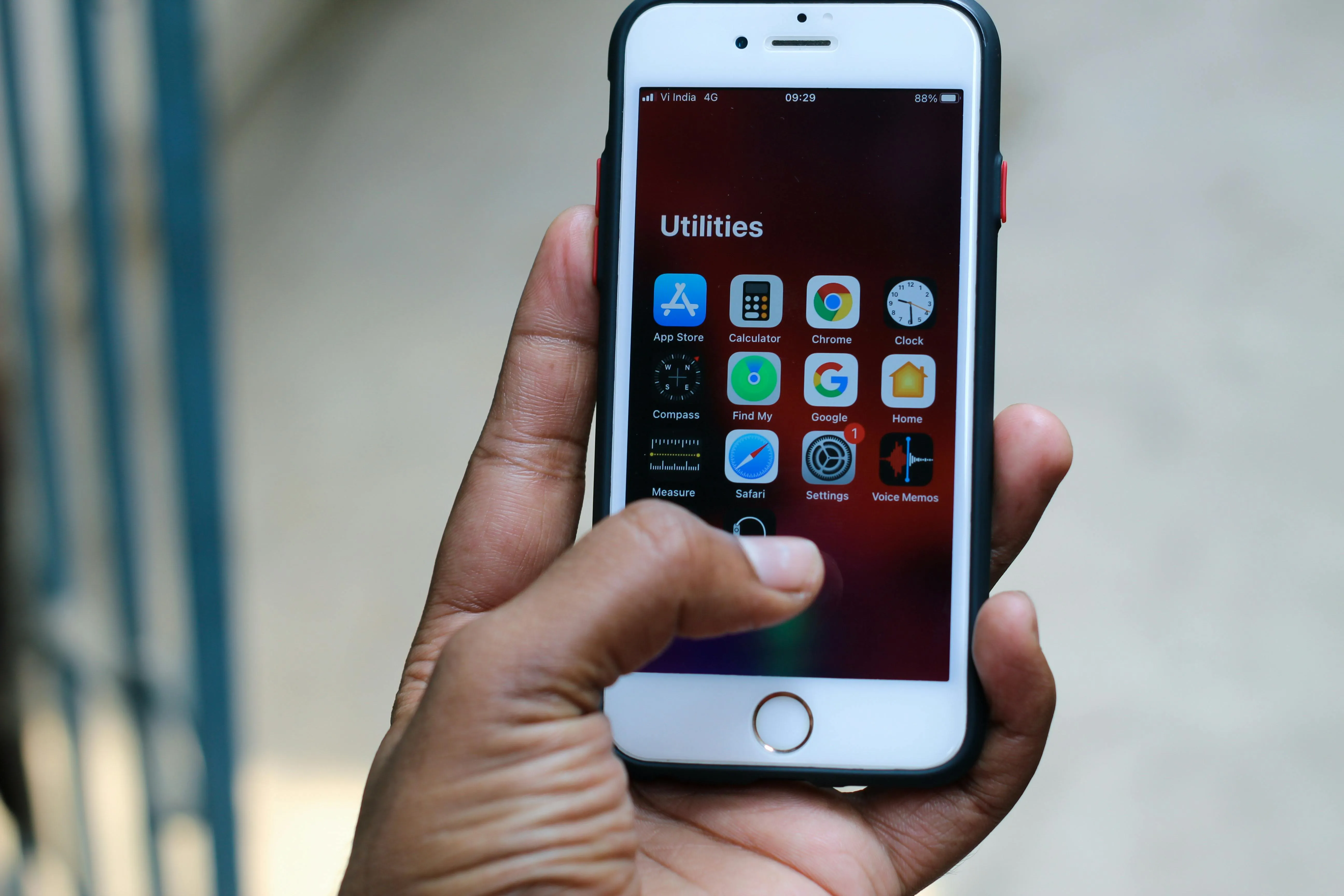
You can also check if your phone is unlocked by connecting it to a Mac or a Windows PC with iTunes. Select your device. Under the Summary or General tab, look for Network Lock status. It will read “Unlocked” or “Locked.”
Now, let’s say you confirmed that your phone is locked. Here’s what you can do to unlock it:
-
Contact your current carrier.
Call or chat with customer service to request an unlock. They’ll check if you’re eligible and start the process. -
Wait for confirmation.
Carriers usually email you when the unlock completes. If you haven’t heard back after a week, follow up to check the status of your unlock request -
Complete the unlock on your iPhone.
You might have a new SIM from another carrier. In this case, remove your old SIM, insert the new one, and power on your iPhone.
Warning: Unofficial unlocking methods can brick your phone, leave it vulnerable to malware, and void your warranty. Stick with official carrier unlocks whenever possible.
Troubleshooting Issues Related to Locked iPhones

Even after an official unlock, you may face hiccups. Try these fixes:
-
“SIM not supported” error
- Remove and clean the SIM card with a soft cloth.
- Reinsert the SIM, ensuring the tray is fully closed.
- Restart your iPhone via Settings > General > Shut Down, then power it back on.
-
Carrier name doesn’t appear
- Update to the latest iOS: Settings > General > Software Update.
- Reset Network Settings: Settings > General > Reset > Reset Network Settings. Note that this clears saved Wi-Fi passwords.
-
If the problem persists, connect to a computer:
- On macOS Catalina or later, open Finder. On Windows, open iTunes.
- Select your device, then click Restore iPhone. This reinstalls iOS without affecting data when restoring from backup.
-
Carrier still locked
- Confirm the carrier processed your unlock by contacting support again.
- Insert a different carrier’s SIM to verify network acceptance.
- As a last resort, erase and restore via computer (see above).
Making the Right Choice for You
Deciding between a locked iPhone and an unlocked smartphone depends on your priorities. Consider:
- Cost vs. freedom: Locked iPhones save on upfront costs. Unlocked models cost more but let you pick any carrier.
- Travel needs: Unlocked phones work with local SIMs or travel eSIMs, avoiding roaming fees.
- Resale value and coverage: Unlocked devices fetch more at resale and let you choose the best network in any area.
Pick a locked iPhone if you want to upgrade to the latest model when they come out for lower initial payments and stay with one carrier. Choose an unlocked iPhone if you switch plans, travel frequently, or want a prepaid plan.
Final Verdict: Locked vs Unlocked iPhones
The big difference between locked and unlocked iPhones is flexibility. Locked smartphones save money today, but limit you tomorrow. Unlocked devices cost more upfront but give you complete carrier flexibility, travel ease, and higher resale value.
So, think about what you need before committing to a decision, especially if you’re considering a 12 to 24-month contract.
Ready to unlock your world? Get a free welcome eSIM via our MaaltalkNow AI Travel App with 1GB of data for 7 days.

Difference Between Locked and Unlocked iPhone: FAQs
Is It Better to Get an Unlocked iPhone?
Yes, if you value freedom of choice, international travel, and higher resale value.
Can You Unlock an iPhone Without Losing Everything?
Yes. Official carrier unlocks keep your data. Avoid third-party hacks.
Are Locked iPhones Worth Having?
They’re only worth it if you want a lower phone upfront cost and can stay with one carrier.



